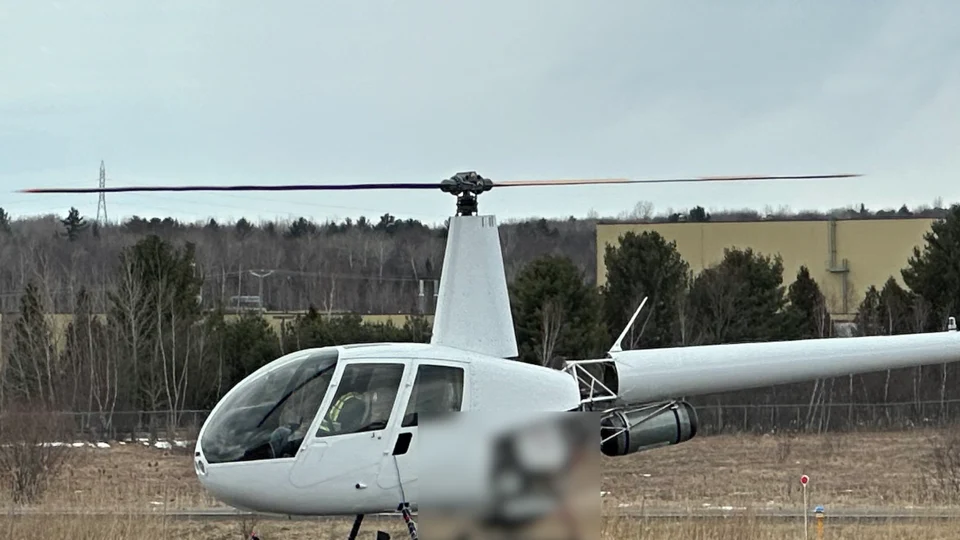Key Takeaways
1. The first piloted flight powered by hydrogen was successfully completed using a modified R44 helicopter by Unither Therapeutics.
2. The helicopter’s original engine was replaced with two PEM fuel cells, a lithium-ion booster battery, and an electric motor, with the hydrogen tank strategically placed for weight balance.
3. Managing heat from the fuel cells was a significant challenge, especially during hovering flights, where airflow is limited.
4. During the test flight, PEM fuel cells provided 90% of energy needs, with the battery supporting demand spikes and retaining 80% charge.
5. ‘Project Proticity’ aims to develop hydrogen-powered technology further, including plans for an R66 model and exploring liquid hydrogen storage for longer-range missions.
For a duration of three minutes and 16 seconds, a specially modified R44 helicopter successfully completed the first piloted flight powered by hydrogen. This achievement was announced by Unither Therapeutics, the parent organization of Unither Bioélectronique, marking a significant step forward in this innovative technology.
Helicopter Modifications
The test involved a revamped R44 model from Robinson Helicopter Company. The original Lycoming IO-540 piston engine was taken out and replaced with two low-temperature proton exchange membrane (PEM) fuel cells, a lithium-ion booster battery pack, and a MagniX electric motor. The hydrogen tank was cleverly placed beneath the tail boom to optimize weight distribution.
Overcoming Technical Hurdles
One of the key challenges faced during this project was the cooling system. In a chat with Vertical Magazine, Mikael Cardinal, who is the VP of Program Management and business development for Organ Delivery Systems at Unither Bioelectronics, mentioned that managing the heat – which accounts for about 50% of the energy produced by the fuel cells – was particularly tricky. This was especially true during hovering flights, which lack the airflow that higher-speed flights provide.
Robinson Helicopter Company reported that during the test flight, PEM fuel cells met 90% of the energy needs, while the battery played a crucial role in handling spikes in demand and maintained 80% of its charge by the end of the flight.
Future Developments
This helicopter is part of ‘Project Proticity,’ a collaboration between the aircraft manufacturer and Unither Therapeutics to further develop this hydrogen-powered technology. The companies are also looking into creating an R66 hydrogen-powered model.
In addition, Robinson is exploring the integration of a liquid hydrogen storage system. The company believes this could facilitate longer-range missions, as the current tests have been conducted with gaseous hydrogen.
These helicopters are designed for the purpose of transporting manufactured organ alternatives, showcasing a promising future in medical transportation.
Source:
Link

